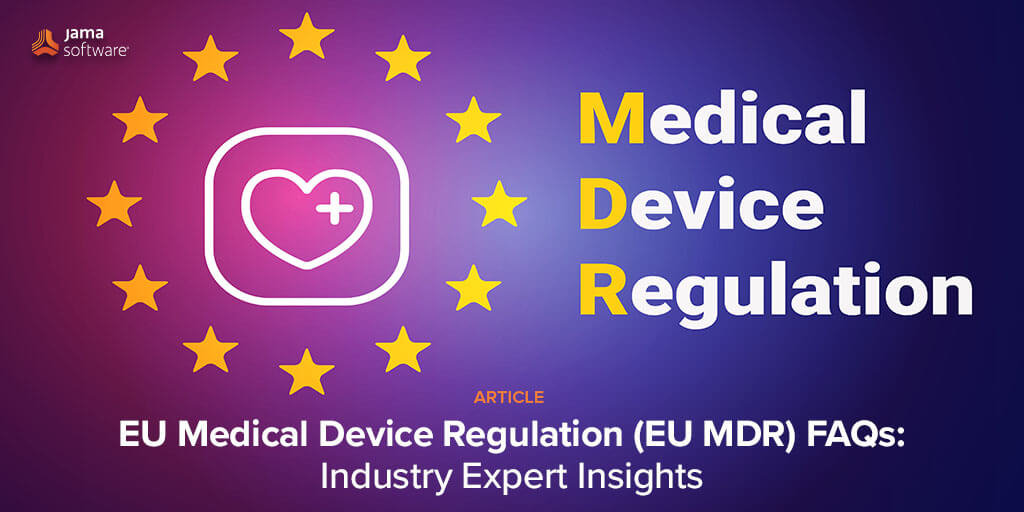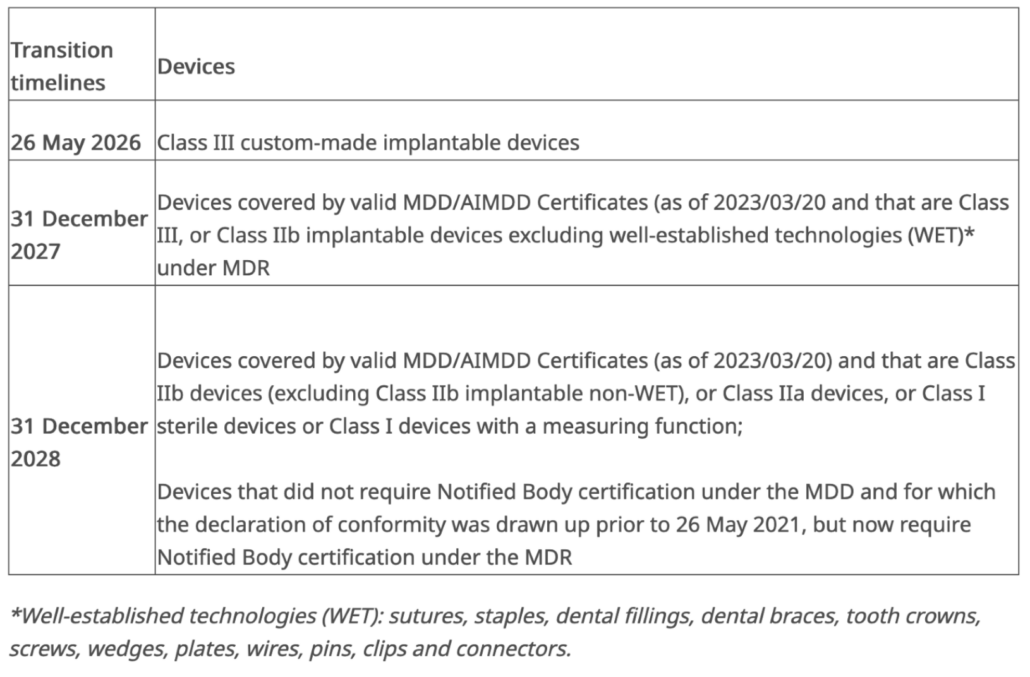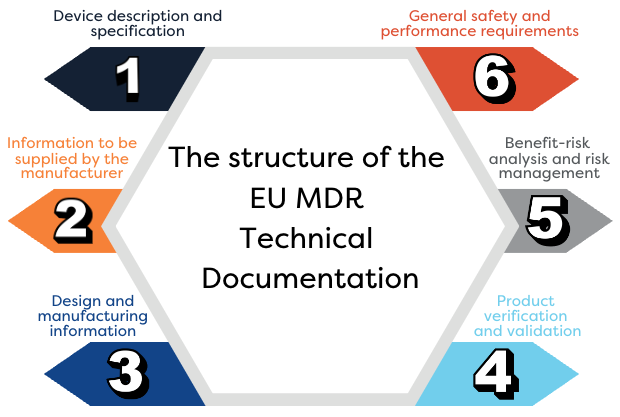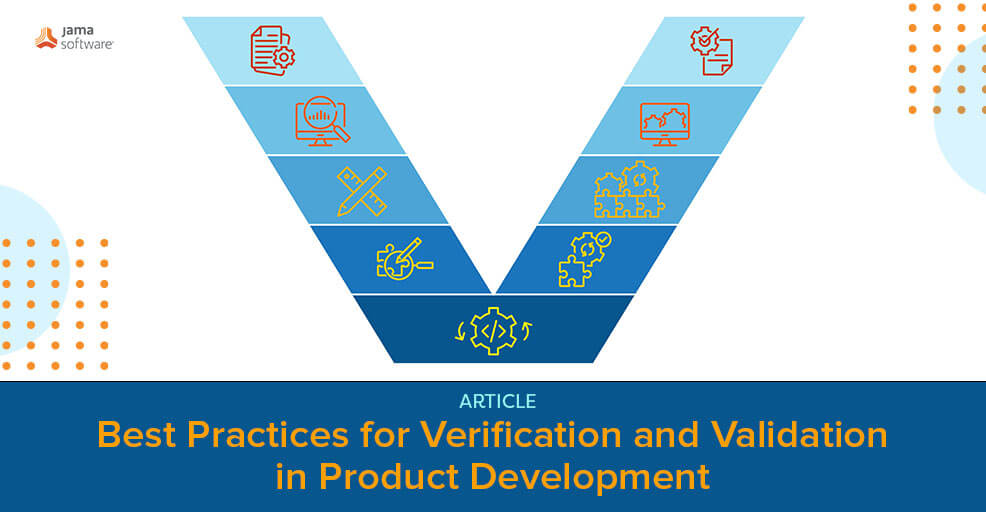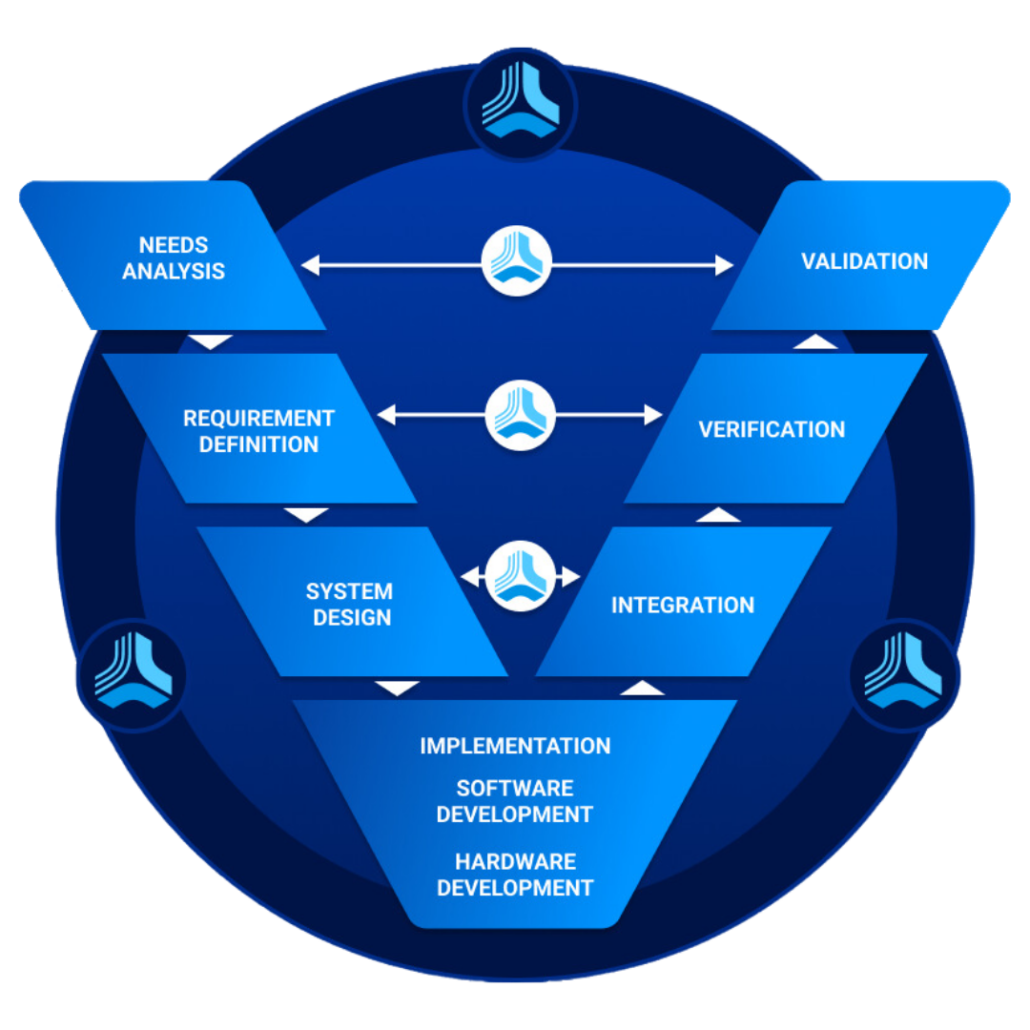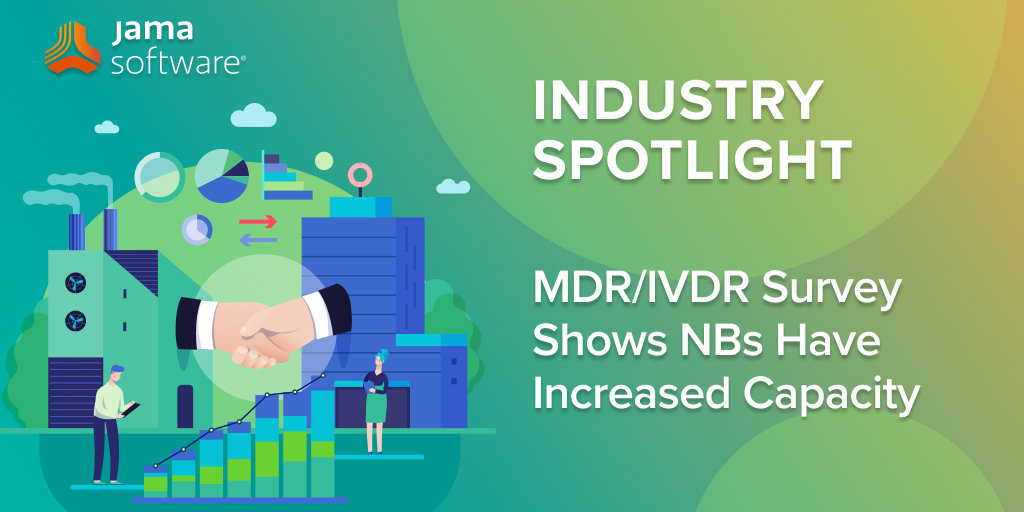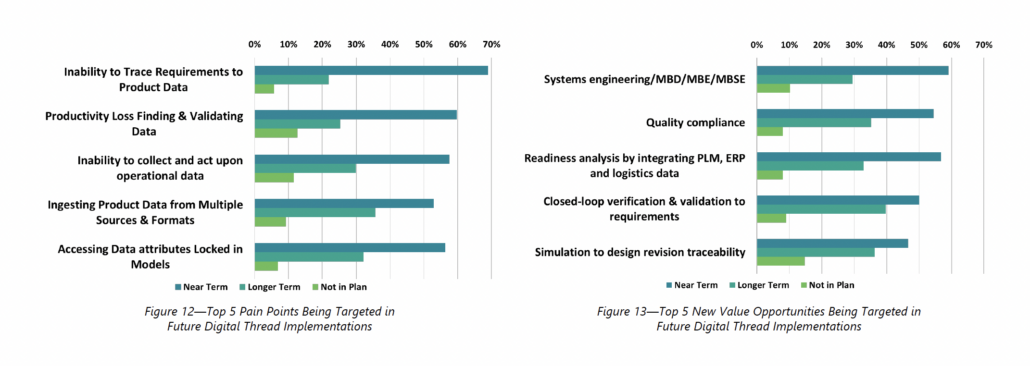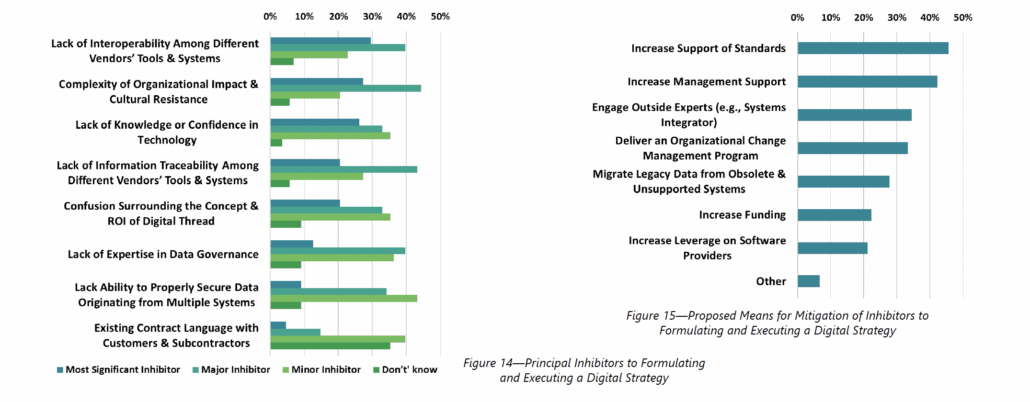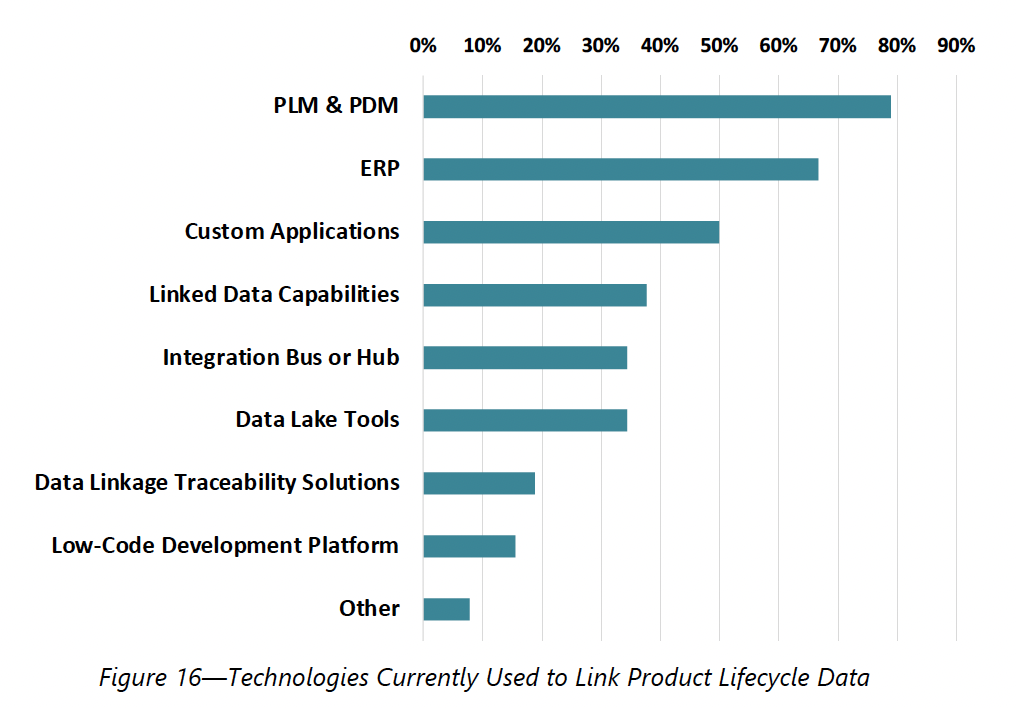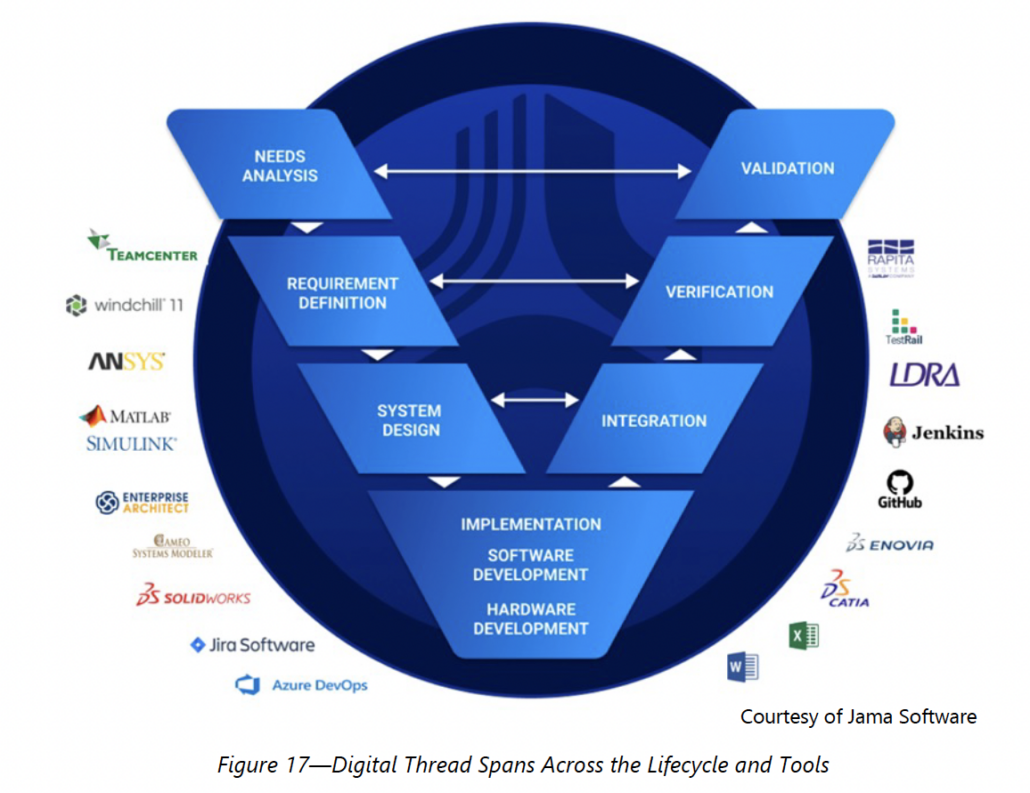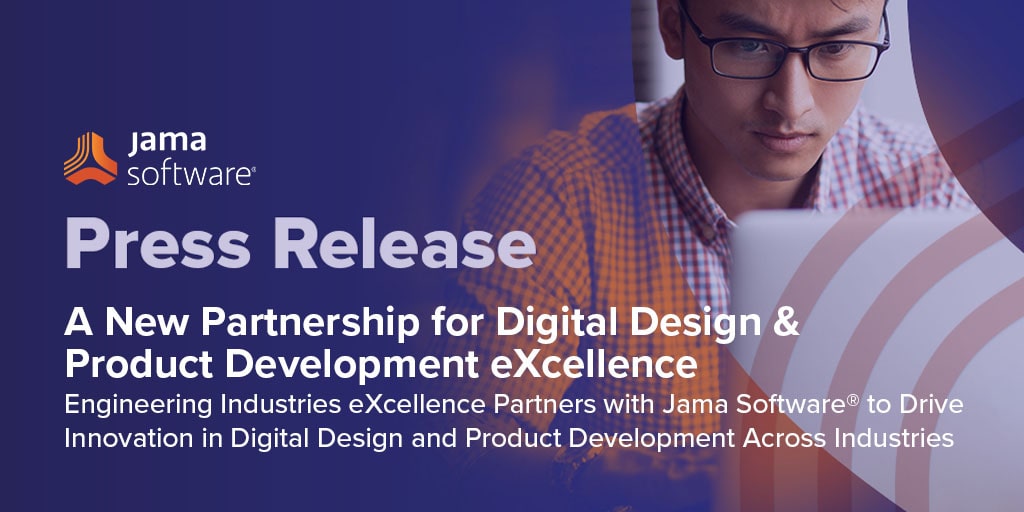
To read the complete press release, go to https://www.jamasoftware.com/press/a-new-partnership-for-digital-design-product-development-excellence/
Engineering Industries eXcellence Partners with Jama Software® to Drive Innovation in Digital Design and Product Development Across Industries
PORTLAND, Ore. and CHICAGO, September 21, 2023 – Jama Software®, the industry-leading requirements management and traceability solution provider, and Engineering Group’s Industries eXcellence division, a global leader in the field of engineering services, design automation solutions, and Industry 4.0 technologies, jointly announce a strategic consulting partnership to transform the way industrial organizations design, develop, and deliver innovative products to the market.
Jama Software’s requirements management platform, Jama Connect®, provides a collaborative environment for teams to define, design and develop their product visions. By maintaining Live Traceability™ across a best-of-breed ecosystem, Jama Connect enables organizations to navigate the intricacies of modern product development, leading to faster time-to-market and improved product quality. Engineering Industries eXcellence, with its rich experience in engineering services and global network of digital transformation experts, brings a wealth of knowledge in product design, systems engineering, and technology consulting.
“We are excited to partner with the Engineering Group to deliver a holistic approach to intelligent engineering management that leverages Jama Software’s best-in-class technology with Industries eXcellence’s industrial sector expertise,” said Tom Tseki, CRO of Jama Software. “This collaboration represents our commitment to helping organizations bring innovative products to market faster, with higher quality and greater efficiency.”
Through this partnership, clients will benefit from the synergy between Jama Software’s innovative requirements management and traceability platform and Engineering Industries eXcellence’s deep industry insights, resulting in comprehensive solutions tailored to meet the unique challenges of their respective markets.
To read the complete press release, click here.
ABOUT JAMA SOFTWARE
Jama Software® is focused on maximizing innovation success in multidisciplinary engineering organizations. Numerous firsts for humanity in fields such as fuel cells, electrification, space, software-defined vehicles, surgical robotics, and more all rely on Jama Connect® requirements management software to minimize the risk of defects, rework, cost overruns, and recalls. Using Jama Connect, engineering organizations can now intelligently manage the development process by leveraging Live Traceability™ across best-of-breed tools to measurably improve outcomes. Our rapidly growing customer base spans the automotive, medical device, life sciences, semiconductor, aerospace & defense, industrial manufacturing, consumer electronics, financial services, and insurance industries. For more information about Jama Connect services, please visit www.jamasoftware.com.
ABOUT THE ENGINEERING GROUP
The Engineering Group is a leading engineering services and solutions provider, offering a wide range of expertise in product design, system engineering, technology consulting, and more. With a track record of excellence, the Engineering Group partners with clients to drive innovation and achieve exceptional results. Learn more at Engineering Industries eXcellence (indx.com).
Media Contacts
Jama Software:
Karrie Sundbom
Senior Director, Corporate Marketing
marketing@jamasoftware.com
Engineering Industries eXcellence:
info@indx.com
